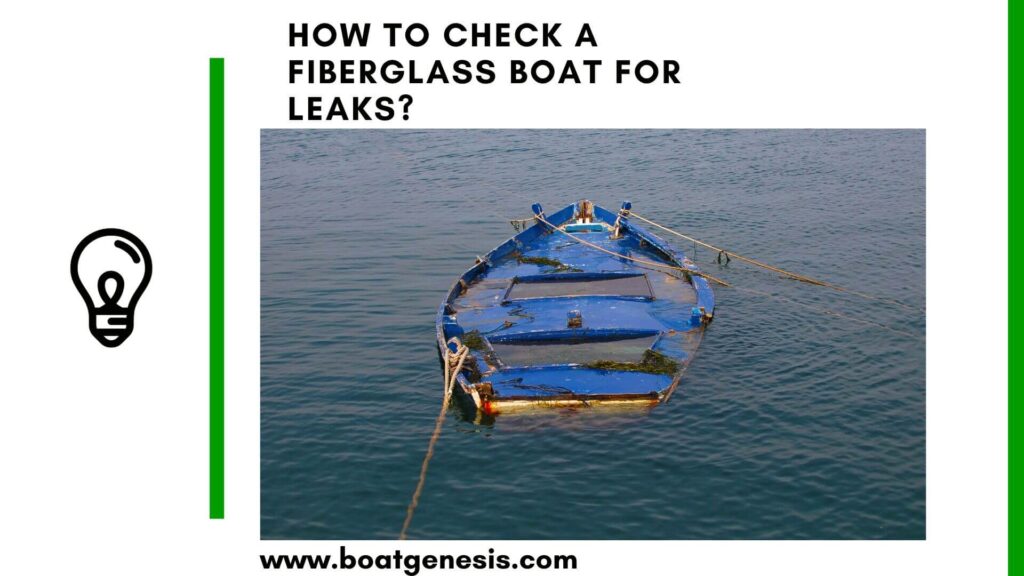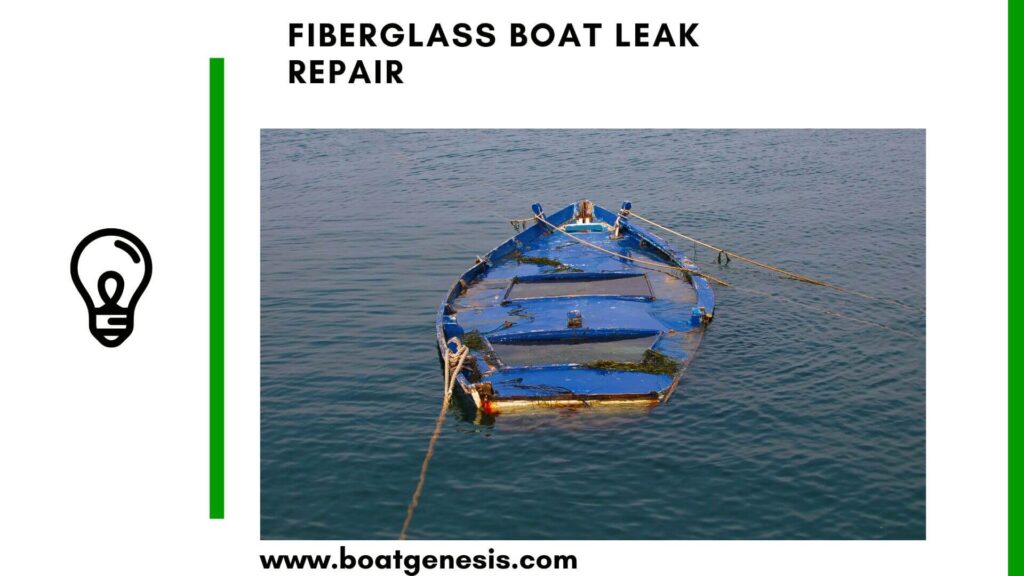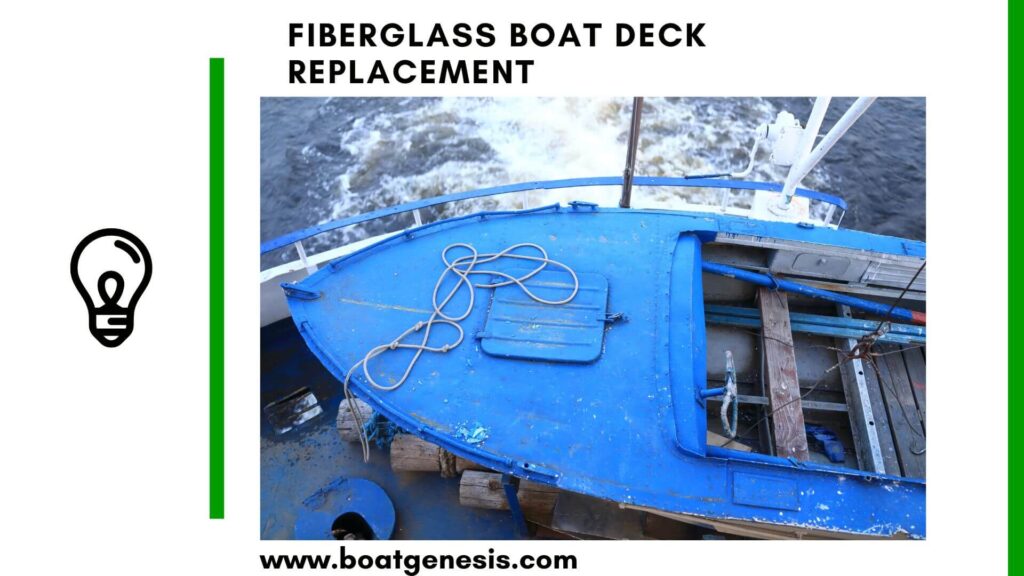Fiberglass is a marvel of modern engineering, lightweight yet strong, making it a favorite for boats, cars, and various other applications.
But what do you do when the unexpected happens, and you’re left with a crack, hole, or worse?
Fear not, DIY enthusiast! With a bit of know-how and elbow grease, you can tackle structural fiberglass repair and restore your prized possession to its former glory.
What is Structural Fiberglass?
Structural fiberglass, also known as Fiberglass Reinforced Plastic (FRP), is a composite material made from a polymer matrix reinforced with fibers. The glass fibers lend strength and rigidity to the plastic, making it a robust material that can withstand significant stress and load.
It’s widely used in construction, automotive, marine, and industrial applications due to its favorable strength-to-weight ratio and resistance to corrosion.
Understanding the Damage
Before diving into the repair process, it’s essential to assess the extent of the damage.
Is it a superficial scratch or a deep fracture affecting the integrity of the structure?
Different levels of damage require different repair techniques, so it’s crucial to identify what you’re dealing with.
==>> Also read: 7 common issues with fiberglass boats
Gathering Your Tools and Materials
You’ll need a few key items to begin your fiberglass repair journey. These include:
- Fiberglass mat or cloth
- Resin and hardener
- Sandpaper in various grits
- Protective gear (gloves, safety glasses, and a respirator)
- Mixing containers and sticks
- A clean workspace
The Repair Process
1. Prepare the Damaged Area
The first step is to clean the area thoroughly and remove any damaged or loose fibers. If you’re dealing with a hole, you’ll want to create a backing to support the repair.
For deep repairs, a technique known as scarf sanding is used to taper the edges and increase the surface area for better adhesion.
2. Cut the Fiberglass
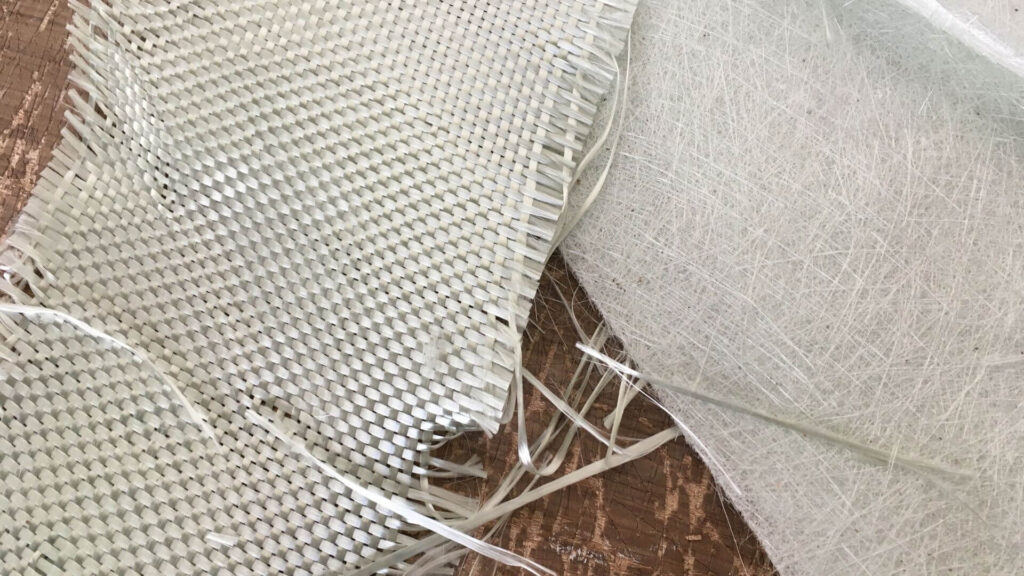
Measure and cut the fiberglass mat or cloth to fit the repair area. It’s wise to cut multiple layers, each slightly larger than the last, to build up the thickness and strength of the repair.
3. Mix the Resin
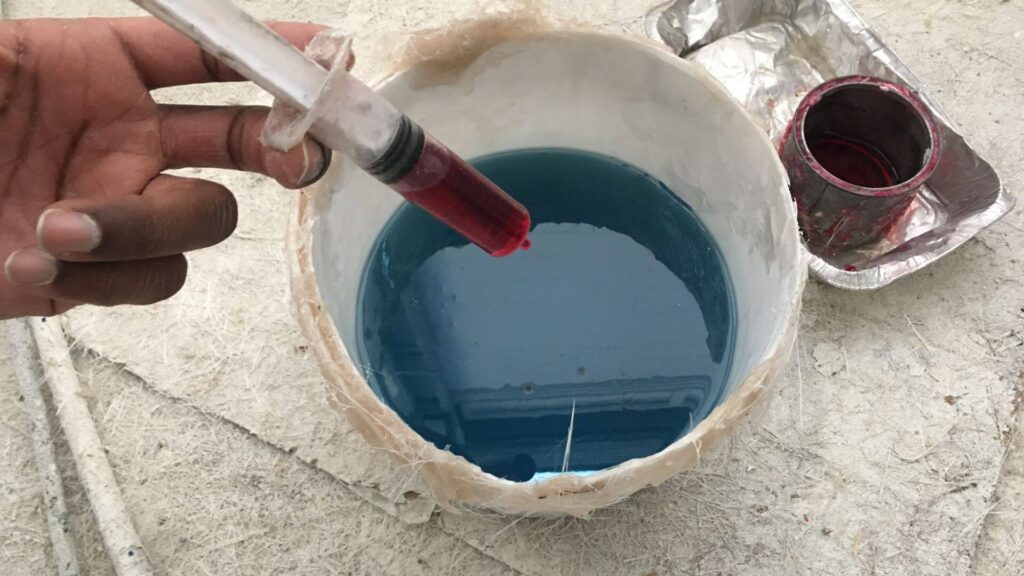
Following the manufacturer’s instructions, mix the resin and hardener. This chemical reaction is what will solidify the fiberglass mat into a hard, durable surface.
4. Apply the Resin and Fiberglass
Wet the repair area with a layer of resin before applying the first layer of fiberglass. Ensure it’s thoroughly saturated and free of air bubbles.
Repeat this process with additional layers, allowing each to partially cure before adding the next.
5. Sand and Finish
Once the repair has fully cured, sand the area starting with a coarse grit and working your way up to a fine grit for a smooth finish.
This process not only removes any excess material but also helps in blending the repair with the surrounding area.
Be patient and meticulous; a rushed job will show.
6. Final Touches
With the structure now sound, it’s time to focus on aesthetics. Apply a gel coat or paint to match the original surface if necessary.
This not only seals the repair but also ensures that your handiwork is nearly invisible.
Caring for Your Repair
After your repair is complete, it’s important to take care of the area to prevent future damage.
Regular inspections and maintenance can go a long way in preserving the structural integrity of your fiberglass.
What Damages Structural Fiberglass?
Structural fiberglass is tough, but it’s not indestructible. Several factors can contribute to its damage:
- Impact: Collisions or blunt force can cause cracks, fractures, or even holes.
- Stress: Constant flexing or heavy loads can lead to stress fractures over time.
- Environmental Factors: Prolonged exposure to the sun’s UV rays, saltwater, and chemicals can degrade the material.
- Age: Like most materials, fiberglass can weaken with age, becoming more prone to damage.
Common Issues with Structural Fiberglass
When structural fiberglass is compromised, it can manifest in several ways:
- Cracks and Fractures: Visible lines or splits in the material that can compromise its structural integrity.
- Delamination: Separation of the fiberglass layers, often caused by poor adhesion or water infiltration.
- Soft Spots: Areas where the fiberglass has become spongy or flexible, indicating underlying damage.
- Blisters: Raised areas that contain trapped air or moisture, which can lead to further delamination.
Repairing these issues promptly can prevent further damage and maintain the structural integrity of the fiberglass.
Ignoring these problems can lead to more severe damage and potentially hazardous situations, especially in applications where structural integrity is paramount, such as in boats or vehicles.
Conclusion
Structural fiberglass repair may seem daunting at first, but with the right tools and a steady hand, you can achieve professional results.
Remember, the key to a successful repair lies in thorough preparation, careful layering, and diligent finishing.
Your efforts will pay off, extending the life of your fiberglass structure and saving you from costly replacements.
Now that you’re equipped with the knowledge to tackle structural fiberglass repair, roll up your sleeves and breathe new life into your damaged fiberglass.
Your can-do attitude and newfound skills are all you need to turn that blemish into a testament to your DIY prowess.

Founder of BoatGenesis, Warren has hands-on experience in fiberglass boat repairs, marine equipment testing, and powerboat building. Learn more about Warren.

